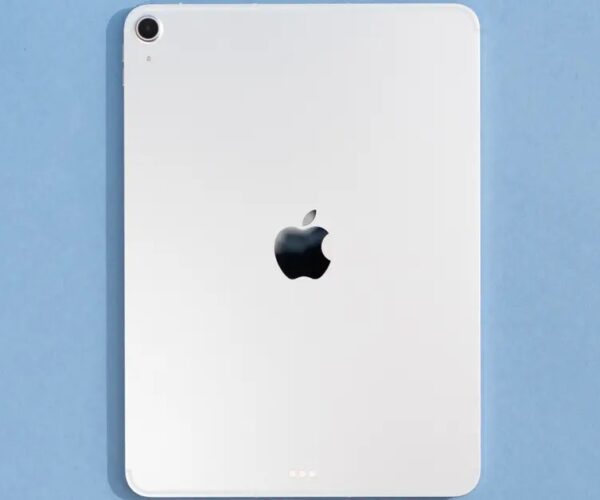Visual computerization is the workmanship and study of blending text and illustrations to pass on compelling data while planning sites, logos, designs, leaflets, pamphlets, banners, signs, and different kinds of correspondence. A few ideas, similar to differentiate, are the two components and standards: the past, as a noticeable element; and hence, the last option, as a way, it is utilized. Originators use typesetting and pictures to fulfill the exact requirements of clients and represent considerable authority in the rationale of showing components in plans to support the client experience. Visual computerization is about outwardly molding the client experience.
Visual depiction is close to home plan:
Albeit working in the advanced age implies you should plan with intelligent programming, visual computerization actually rotates around old standards. It is fundamental that you arrive at the right reverberation with the client from the client’s most memorable sight, so the comparing connection between visual communication and close to home plan. In this manner, as a visual fashioner, you ought to have a firm comprehension of variety hypothesis and that picking the right variety configuration is so significant. The variety decision should not just mirror the association (for instance, blue is reasonable for banks), yet additionally reflect client assumptions (for instance, red means alert; green means notice proceeds).
You ought to zero in on how the components match the tone of your plan (for instance, sans serif text styles for energy or satisfaction). You likewise need to plan the general impact and focus on the most proficient method to shape your clients’ feelings while directing them, for instance, from points of arrival to invitations to take action. Generally, visual architects are engaged with the movement plan of little screens. They will cautiously screen the feel of the work and the assumptions for clients. They can upgrade the convenience of the plan in a smooth and consistent experience by foreseeing the necessities and mindset of clients. Taking into account the client’s brain research, it is essential to zero in on some especially significant visual communication contemplations, to be specific:
- Evenness and equilibrium (counting balance types)
- stream
- rehash
- mode
- Brilliant proportion (that is, the proportion is 1:1.618)
- The third rule (that is, the means by which the client’s eyes perceive a decent design)
- Typography (covers everything from text style choice to title weight)
- Crowd culture (Regarding the utilization of varieties, for instance, red as a caution, or in a few Eastern societies, an indication of best of luck and understanding examples: for instance, from left to right in Western culture)
In general, your central goal (regarding visual computerization, in UX and UI configuration) is to amicably show data. You ought to guarantee that excellence and ease of use remain inseparable, so your plan can cautiously carry out the beliefs of the association to your clients. At the point when you make a reliable visual picture, you will remind clients that you understand what they believe should do – not just on the grounds that you orchestrate wonderful components, that clients hope to track down them or help them instinct, yet additionally in view of your plan The showed esteems likewise reflect them. Your visual substance will rapidly decide the destiny of your plan, so be certain not to disregard the smallest trigger that might defer the client.





